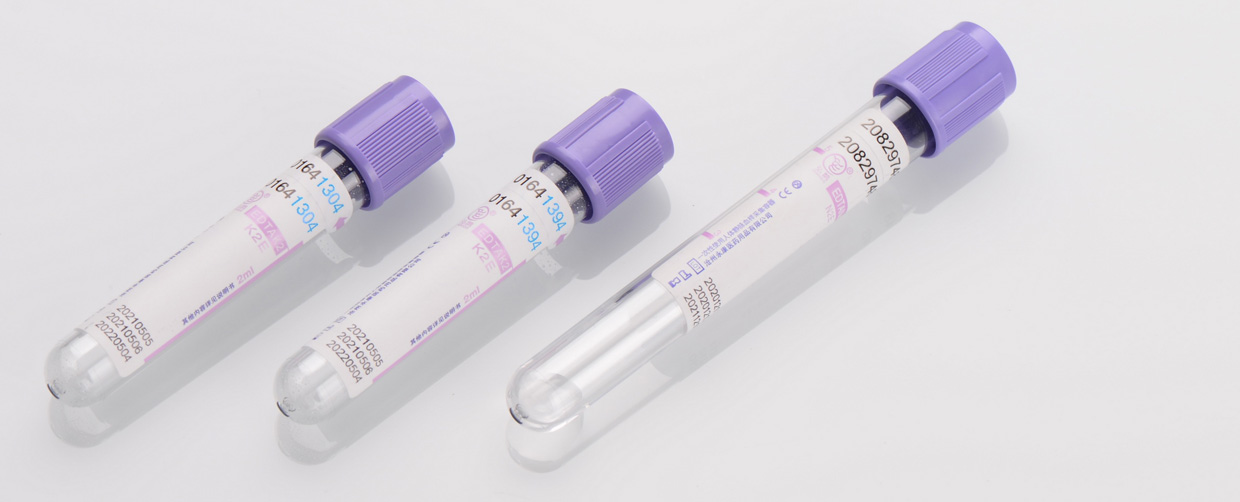
An EDTA tube is a medical specimen collection tube used to collect blood samples for laboratory testing. EDTA, or ethylenediaminetetraacetic acid, is an anticoagulant that is added to the tube to prevent blood clotting.
This allows the blood to be easily transported to the laboratory for analysis without damaging the cells or interfering with the test results.
EDTA tubes are commonly used in various medical settings, including hospitals, clinics, and doctor's offices. They are handy for collecting blood samples for testing because EDTA is a highly effective anticoagulant that prevents the blood from clotting, allowing it to be easily transported to the laboratory for analysis.
Several different types of EDTA tubes are available, each with a different concentration of EDTA. The most common type of EDTA tube is the K3 EDTA tube, which contains a concentration of EDTA suitable for most blood tests. Other EDTA tubes include K2 EDTA tubes, which have a slightly lower concentration of EDTA, and K4 EDTA tubes, which have a higher concentration of EDTA.
We have other articles: what is edta tube covering What is the difference between K2 EDTA and K3 EDTA?
To collect a blood sample using an EDTA tube, a healthcare provider will first clean the area where the blood will be drawn with an antiseptic solution. They will then insert a needle into a vein, typically in the arm, and draw the blood into the EDTA tube. The tube will typically have markings to indicate the amount of blood that should be collected.
Once the blood has been collected, the healthcare provider will remove the needle from the vein and place a cap on the EDTA tube to seal it. The tube will then be labeled with the patient's information, including their name, date of birth, and the date and time the blood was collected. The tube will then be transported to the laboratory for analysis.
In the laboratory, the blood sample in the EDTA tube will be processed and analyzed to determine the presence of any abnormal cells or substances. This may include testing for diseases or conditions such as anemia, diabetes, or infection. The results of the laboratory tests will be used to help diagnose and treat the patient's condition.
There are several advantages to using EDTA tubes for collecting blood samples. One of the main benefits is that EDTA is a highly effective anticoagulant, which prevents the blood from clotting and ensures that the blood cells remain intact and undamaged during transport to the laboratory. This ensures that the test results are accurate and reliable.
Another advantage of EDTA tubes is that they are easy to use and do not require any special training or equipment. Healthcare providers can easily collect blood samples using EDTA tubes, which are readily available in most medical settings.
Additionally, EDTA tubes are cost-effective and widely available. They are inexpensive to produce and can be purchased in large quantities, making them a cost-effective option for medical facilities.
Despite the many advantages of EDTA tubes, there are also some potential drawbacks. One potential disadvantage is that EDTA can interfere with certain laboratory tests. For example, EDTA can interfere with tests for certain enzymes and proteins and may also affect the results of certain blood tests.
Additionally, EDTA can be toxic in large doses, and healthcare providers must use the correct concentration of EDTA when collecting blood samples. Overuse of EDTA can lead to adverse effects, such as kidney damage or other health complications.
Overall, EDTA tubes are a valuable tool for collecting blood samples for laboratory testing. They are easy to use, cost-effective, and wide.